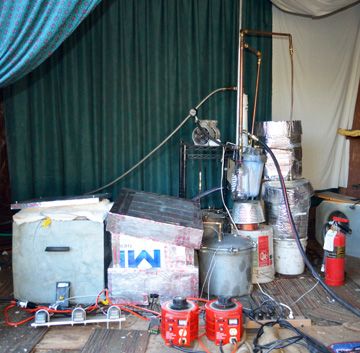Originally posted by imakebiodiesel
View Post
Do you only do this for kerosine ? If I aim for making diesel should this process be necessary ? Thanks

 it may be late but better to be late then never) engaged from long time in this project still why you don't go for large scale or commercial production are you not satisfied still with your pilot plant or simply you are not interested in commercial production
it may be late but better to be late then never) engaged from long time in this project still why you don't go for large scale or commercial production are you not satisfied still with your pilot plant or simply you are not interested in commercial production

Leave a comment: